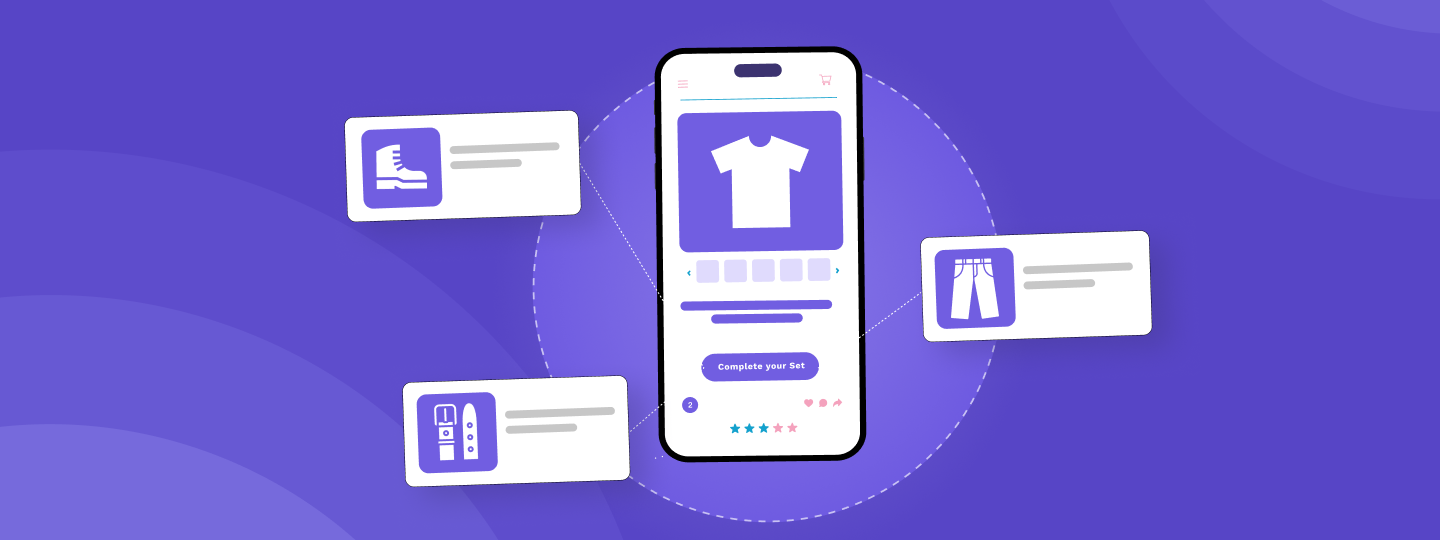As a permission-based medium, it has an average CTR of 4-8x to that of email. In fact, a solid push notification engine and strategy are almost indispensable to the mobile marketing of any brand. Coupled with the reasons stated above it becomes more than imperative for OTAs. In this post, we are listing some use-cases of OTA that use push notification to significant effect followed by industry examples.
Also, for every use-case, we have created an operational Journey with Journey Designer to understand how to automate the engagement in every case.
Table Of Contents:
1. Send personalized recommendation on search abandonment
2. Share a geo-specific update
3. Offer deals based on preferences
4. Notify users of flight schedules
5. Collect user reviews
For the longest time, email marketing has been driving the success of most online businesses. With an ROI of 3,800%, it is understandable why email marketing holds the clout that it does.
But strangely, OTA (Online Travel Agency) sits in the middle of the pack, when compared to other industries using different email marketing indicators. If you check the table in this report by Smart Insights and sort it on the basis of CTR, you would see that Travel figures close to the bottom.
This is where push notification becomes relevant to OTAs.
Check Out – Amplify The Effectiveness Of Mobile Push Notifications By 10x
1. Send personalized recommendation on search abandonment
When to show (Trigger)- When a user does the flight search but doesn’t complete the transaction
Whom to show (Segment)- Users who did the search
Example
This is an example from one of our own clients- Goibibo which nudged users when they abandoned the site post search.
Folks at Goibibo leveraged the search history and profile data of the user to send them a message if they don’t complete the transaction within 30 minutes post search.
Result- it led to the uplift of 11% in conversion. 11% is a massive number for anyone, let alone for a company like Goibibo, for which it means millions extra in topline.
How can you send such push yourself?
I am pasting the exact journey that the Goibibo guys used. You can also refer to this case study to understand the entire process and the numbers they managed to achieve.

2. Share a geo-specific update
When to show (Trigger)- When there is a geo-specific offer
Whom to show (Segment)- Customers within the geo-location
Example

Rehlat, a Kuwait-based OTA, sent the above campaign push notification to target their users based in Kuwait.
Result- The above push campaign garnered a CTR of 12.4%. Apart from actually increasing their bottom line, push notifications also helped them reduce bounce rate and retain site visitors.
[pullquote align=”full” cite=”” link=”” color=”” class=”” size=””]Push notification outperformed Rehlat’s social and email strategies, re-validating that the ‘big hat, no cattle’ channels don’t always yield better results.[/pullquote]
How can you leverage geofencing in push notifications?
Leveraging geo-fencing in push notification is incredibly simple now as almost all the engagement platforms let you at least create geo-fence-based campaign rules.
Here is a simple example of a push campaign that gets triggered when the user enters the specified geo-fence

Leveraging geo-targeting in OTA marketing
Geo-targeting allows OTAs to send location-specific travel packages and promotions. For instance, when a user enters a new city, the app can automatically send notifications about local attractions, events, or dining options. This real-time engagement not only enhances the traveler’s experience but also increases the likelihood of bookings.
Furthermore, combining geo-location data with current weather conditions opens up unique marketing opportunities. OTAs can send targeted promotions for sunny destinations to users in areas experiencing bad weather, tapping into the spontaneous travel market.
Additionally, when travelers are near their booked accommodation or a popular tourist spot, OTAs can send helpful information or exclusive offers. This not only provides value to the user but also enhances the OTA’s role as a travel companion.
Here is an example of Foursquare doing the same:

3. Offer deals based on preferences
When to show (Trigger)- Discounted trips for a particular route
Whom to show (Segment)- Users who have a history of booking for the same route
Example

Kayak sends such price drop push notifications to the user. Although, I could not validate it is sent to users based on their historical data it seems to be highly likely.
How can you do it?
If there is a drop in the fare of a particular route, it is a no-brainer that sending a notification to the users who have a history of booking for that route, can create value.
Had such an event been a one-time thing then you only needed to create a segment of users having the history of traveling through that route and create a campaign for them.
However, it is a recurring event since prices keep dropping frequently so we need to build a workflow that triggers a message for the corresponding user each time the price drops.
The following journey will trigger a push message whenever there is a price drop for the route that the user has previously traveled.

This is just a simplistic representation and a lot of conditions are going to be placed and data is to be fetched via API calls from the OTA’s system to make a solid journey that flexibly works.
4. Notify users of flight schedules
When to show (Trigger)- When customer’s flight will take off in 24 hours.
Whom to show (Segment)- People who have booked a flight
Example

JetBlue sends a notification precisely 24 hours before time, so you know when you need to be at the airport.
How can you do it?
Notifying the users about the upcoming event, like flight schedule is extremely valuable.
However, here is the catch- very few platforms allow you to create a dynamic segment based on the event’s time attribute.
Take a look at the following journey which triggers a push message 24 hours before flight time.

If you look at the above journey you would find that we have put the condition on the date attribute of the previous event. Adding a condition against the time attribute the system has to take into consideration the local timezone of the user which will vary across regions. And then compare it with the system’s time.

There could be various powerful use-cases- send a reminder to users exactly one year after the purchase of their mobile device or create a dynamic segment where a user’s last purchase was more than 6 months ago.
5. Collect user reviews
When to show (Trigger)– User completes a transaction within the app
Whom to show (Segment)– User who completes the transaction
Example
I couldn’t find any example of an OTA taking feedback via push notification. It seems email is the modus operandi of all of them as I could find NPS emails from various OTAs in my own inbox.
This is not a plug but wanted to mention that WebEngage provides a feedback layout and corresponding metrics UI, that you could employ for feedback. This can be employed for plenty of feedback use-cases across industries. If your notification engine doesn’t provide this, check on the requirement to build it to repurpose it for every use-case.

How can you collect feedback via push notification?
User-generated content, like reviews, helps companies in several ways. In fact, 93% of consumers refer to peer recommendation before they make a purchasing decision, and quite understandably so.
Now, getting reviews from users can be difficult for there is no incentive for them. However, nudging at the right moment can increase the probability of eliciting a response. One such moment is ‘completion of transaction’.
Here is the sample journey that sends feedback push to the user as soon as they complete the transaction

The above journey is sourced from another post where we have talked about how to automate customer feedback via push notification.
Personalizing Travel Experience with Push Notifications
Let’s explore how OTAs can use personalized push notifications to create memorable journeys for their users.
Tailored travel recommendations
One of the most powerful applications of personalized push notifications is suggesting unique local activities at the user’s destination. By analyzing a user’s past behavior, preferences, and current location, OTAs can deliver highly curated recommendations that feel exclusive and personalized.
Example:
“Hey Raksha! Discovered a hidden gem in Puducherry just for you. How about a sunrise yoga session at a secluded beach? Tap to explore this unique experience!”
This approach not only enhances the user’s travel experience but also increases engagement and satisfaction with the OTA app.
Timely booking reminders
Push notifications can transform OTAs into attentive travel companions. By sending well-timed reminders about upcoming trips, check-in details, or local events, OTAs can create a seamless and stress-free travel experience.
Example:
“Ram, your tropical getaway starts in 3 days! Here are your check-in details and a sneak peek of the stunning views from your room awaiting you. Excited yet?”
Including visually appealing elements like pictures of local cuisine or panoramic views of the destination can further elevate user engagement and build anticipation.
Personalized deals and loyalty rewards
Push notifications are an excellent tool for boosting loyalty programs and delivering personalized deals. By leveraging user data, OTAs can send targeted offers that align with the user’s travel preferences and history.
Example:
“Exclusive offer for our Gold member, Rita! Enjoy a complimentary spa session on your upcoming stay in Goa. Your relaxation is our priority!”
This approach not only drives bookings but also strengthens the emotional connection between the user and the OTA brand.
Real-time travel updates
Personalized push notifications can be a lifesaver when it comes to real-time travel updates. From flight delays to gate changes, timely notifications can significantly reduce travel stress.
Example:
“Attention, David! Your flight to New York has been delayed by 1 hour. New departure time: 3:30 PM. We’ve found a cozy café near your gate – tap for directions!”
By providing not just information but also helpful suggestions, OTAs can position themselves as indispensable travel partners.
Post-trip engagement
The personalization doesn’t end when the trip does. OTAs can use push notifications to gather feedback and maintain engagement post-travel.
Example:
“Welcome back, Jay! We hope you had an amazing time in Paris. Tap to share your favorite moments and get personalized recommendations for your next adventure!”
This approach not only collects valuable user feedback but also keeps the user engaged with the app, increasing the likelihood of future bookings.
Also read: ‘Funny & Creative Push Notifications That Justify App Uninstall’ – Discover how even industry giants sometimes miss the mark with push notifications, and learn valuable lessons to enhance your own strategy.
Conclusion
When launching a push notification campaign the right way, you can expect a 41% opt-in rate from subscribers. We’re no longer just talking here about providing your subscribers with information. Push notification mobilizes users toward action that helps your business’ bottom line.
The use-cases above are just examples of what you can do with push notifications. The major part of what you can do depends on the engine that you are using. The power to segment, personalize, and ability to emulate your mobile strategy depends on the solution that is powering your mobile engagement.
There are plenty of options available and WebEngage is one of the potential alternatives. If you wish to know more talk to a customer success member here.
Bonus Read –Increase Your CTR By 40% Using Push Notifications
FAqs
1. How can OTAs use push notifications for personalized travel recommendations?
OTAs can leverage push notifications to deliver highly personalized travel recommendations by analyzing users’ behavior, preferences, and current context. This OTA push notification strategy enhances user engagement and boosts conversions.
Here are some effective approaches:
- Send targeted deals based on users’ browsing history and past bookings.
- Provide real-time updates on flight status, check-in reminders, and local events.
- Offer exclusive content and limited-time promotions to drive app engagement.
- Recommend hidden gems, restaurants, and attractions at the user’s destination.
2. What are effective geo-targeting strategies for OTAs using push notifications?
Geo-specific travel offers via push notifications can significantly enhance user experience and drive conversions.
Here are some powerful geo-targeting strategies for OTAs:
- Send location-based promotions when users enter a new city or country.
- Notify users about nearby attractions, events, or dining options.
- Offer weather-based travel suggestions (e.g., sunny destination deals for users in rainy areas).
- Provide helpful information when travelers are near their booked accommodation.
3. How do push notifications enhance customer service in the travel industry?
Push notifications can transform OTAs into attentive travel companions. By sending well-timed reminders about upcoming trips, check-in details, or local events, OTAs can create a seamless and stress-free travel experience.
Including visually appealing elements like pictures of local cuisine or panoramic views of the destination can further elevate user engagement and build anticipation. This proactive approach not only reduces travel stress but also positions the OTA as an indispensable part of the journey.
4. What role do push notifications play in gathering customer feedback for OTAs?
The travel industry thrives on reviews, with over 90% of consumers referring to recommendations before making a purchase. Travel customer feedback via push offers a quick and effective way to gather this crucial data. The key is to prompt users at the right moment – for instance, as soon as they complete their trip.
A simple notification like “Welcome back, Jay! We hope you had an amazing time in Paris. Tap to share your favorite moments and get personalized recommendations for your next adventure!” can work wonders. This approach not only collects valuable user feedback but also keeps the user engaged with the app, increasing the likelihood of future bookings.
5. What are the best practices for using push notifications for flight schedule updates?
When sending flight schedule notifications, OTAs should focus on providing timely, relevant, and actionable information. Here are some best practices:
- Implement automated alerts based on predefined triggers (e.g., delays, weather warnings).
- Personalize notifications with passenger-specific details (e.g., flight number, gate information).
- Use clear and concise language to convey important information quickly.
- Consider time zones and user preferences when scheduling notifications.
- Provide actionable next steps or helpful suggestions with each update.
6. What are the benefits of Geo-Targeting in OTA Push Notifications?
Geo-targeting in OTA push notifications is like having a local guide in your pocket.
Here are the key benefits:
- Increased relevance: Deliver location-specific content that resonates with users’ current context.
- Higher engagement: Notifications using localization have a 160% higher engagement rate compared to non-localized ones.
- Cost-effectiveness: Focus resources on areas where your services are in demand, reducing wasted ad spend.
- Personalized user experience: Offer tailored recommendations based on the user’s location, enhancing their travel experience.
- Timely promotions: Send weather-based offers or alert users to nearby events and attractions.
- Improved conversion rates: Catch users at the right moment with location-specific deals and offers.




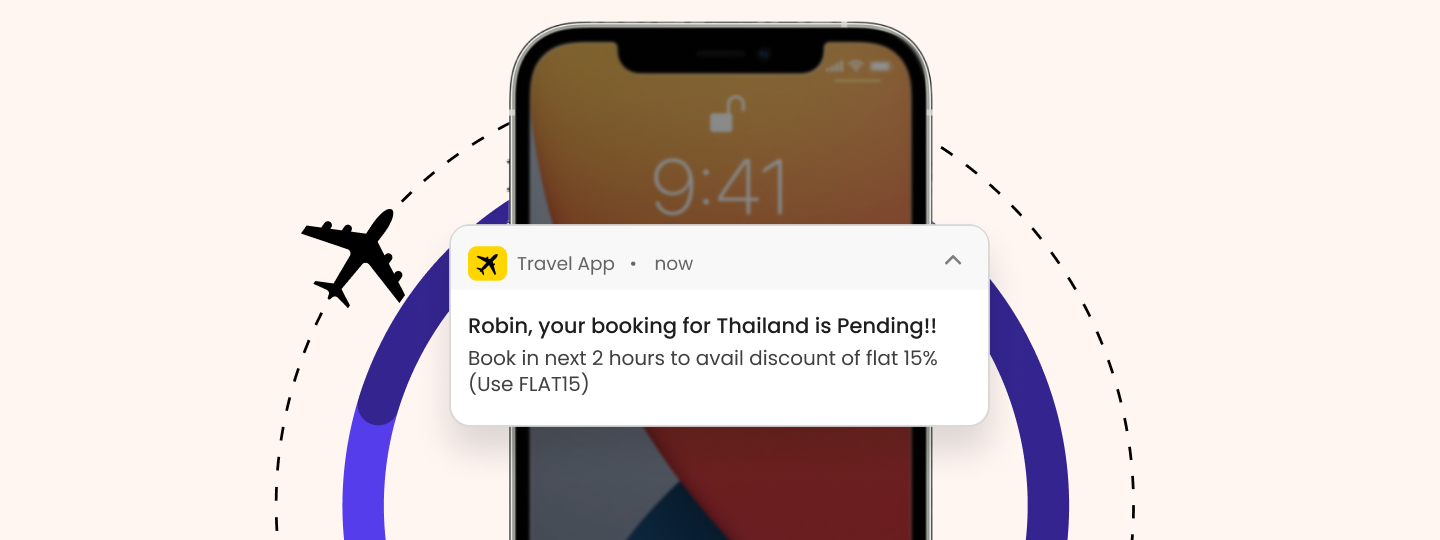

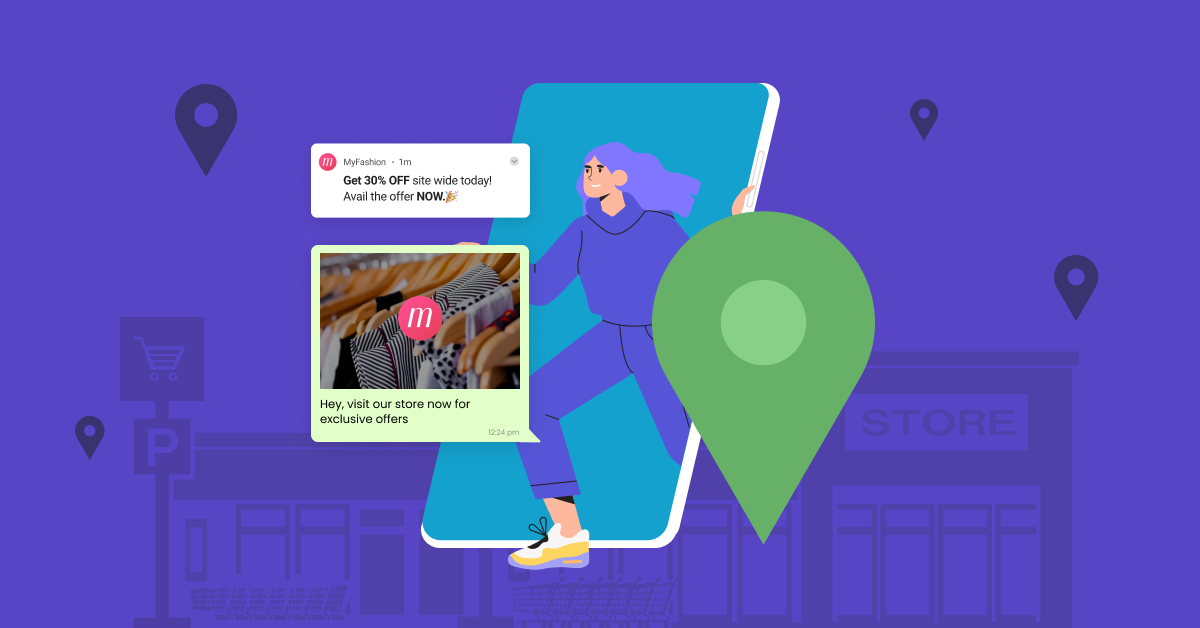
 Diksha Dwivedi
Diksha Dwivedi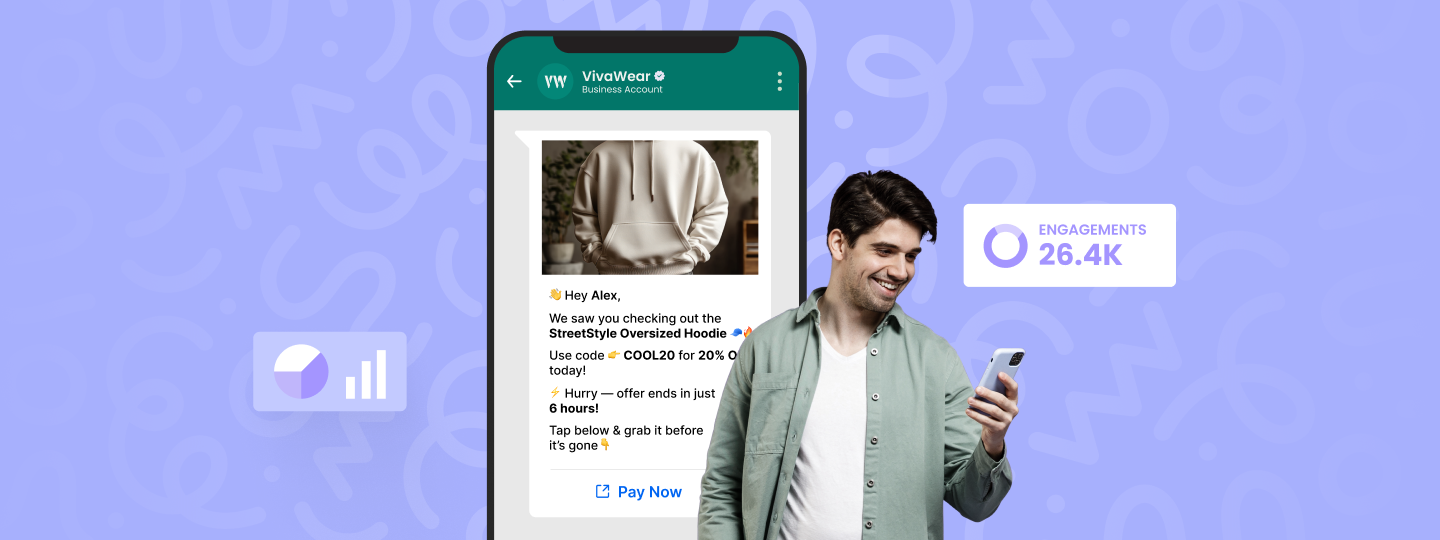
 Prakhya Nair
Prakhya Nair
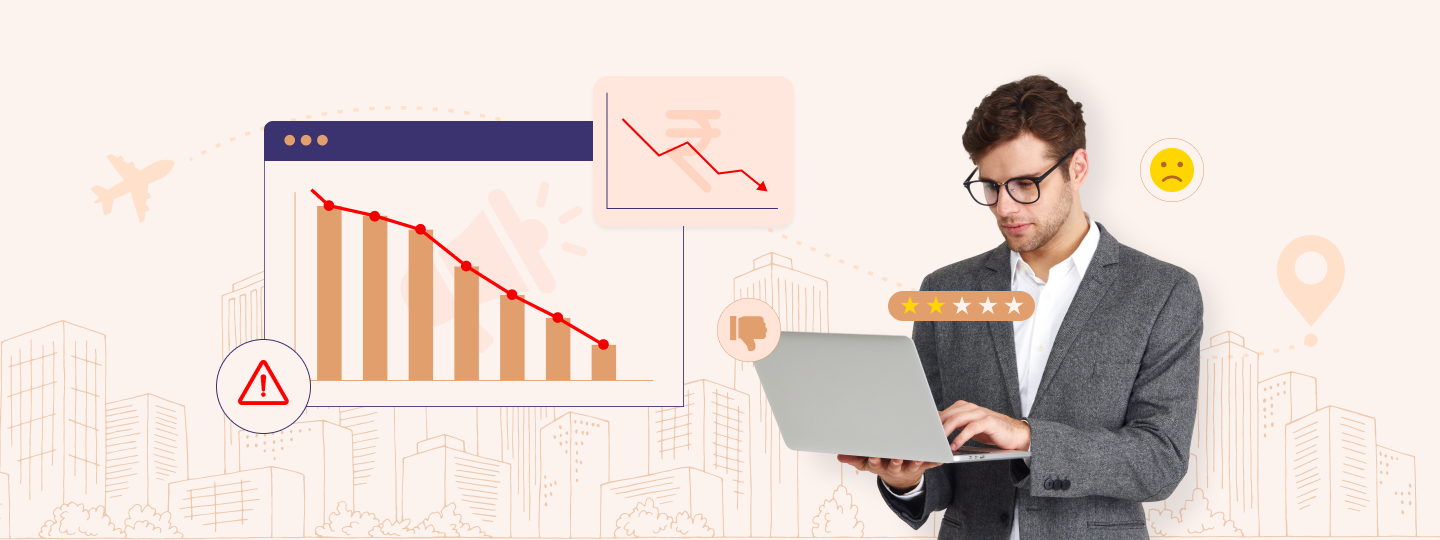
 Vanhishikha Bhargava
Vanhishikha Bhargava